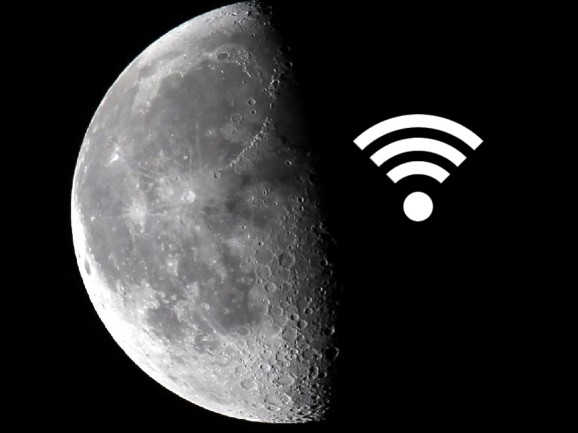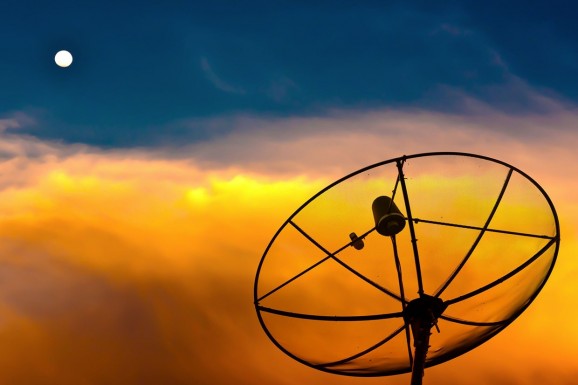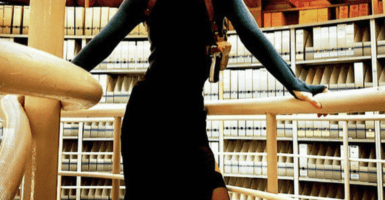Wi-Fi Comes To The Moon
This article is more than 2 years old
 For some reason, there are few coffee shops around Boston that offer free Wi-Fi. Sadly, Dunkin Donuts is the only place one can rely on for free Wi-Fi (not to mention amazing people watching) around here. You’d think the Hub would be more connected than that, but that’s sadly not the case. In fact, even the moon has a one-up on Beantown — there’s now lunar Wi-Fi that’s as fast as the Wi-Fi I’m using right now. I guess the coffee shop is next.
For some reason, there are few coffee shops around Boston that offer free Wi-Fi. Sadly, Dunkin Donuts is the only place one can rely on for free Wi-Fi (not to mention amazing people watching) around here. You’d think the Hub would be more connected than that, but that’s sadly not the case. In fact, even the moon has a one-up on Beantown — there’s now lunar Wi-Fi that’s as fast as the Wi-Fi I’m using right now. I guess the coffee shop is next.
Researchers from NASA and MIT have devised a way to beam Wi-Fi capabilities from a base in New Mexico. Even cooler than that, they use telescopes and lasers to do it. Four separate telescopes, each with a diameter of roughly six inches, transmit an uplink signal via coded infrared laser pulses to a satellite orbiting the moon. The signal bends in the atmosphere as it travels the nearly 240,000 miles to the moon, so using four telescopes ensures that the signals from each bend differently, which increases the chances that one of those laser beams will hit the receiver on the satellite. The receiver also has a satellite, which focuses the laser light into an optical fiber before amplifying that signal 30,000 times. Then, a photodetector converts the light into electrical pulses that are then converted into data bits. And presto, a wireless connection is established.

Even though only a fraction of a single watt makes it to the receiver, it still allows for “error-free performance,” according to MIT’s Mark Stephens. And the rate of download from the moon is awesome — 622 megabits a second, which is 4,000 times faster than we currently transmit radio. Sending information from the Earth to the moon is a little slower — about 19.44 megabits per second, which is still 4,800 times faster than any radio frequency uplink.
NASA and MIT will present their work at the CLEO laser technology conference next week. They believe this approach can be used to establish Wi-Fi on Mars and beyond. This is good news for would-be Mars colonists, who will spend eight months in a ship and would probably kill each other without Netflix. This also means that aliens could download our television shows and other media, and laugh at our idea of futuristic technology.












